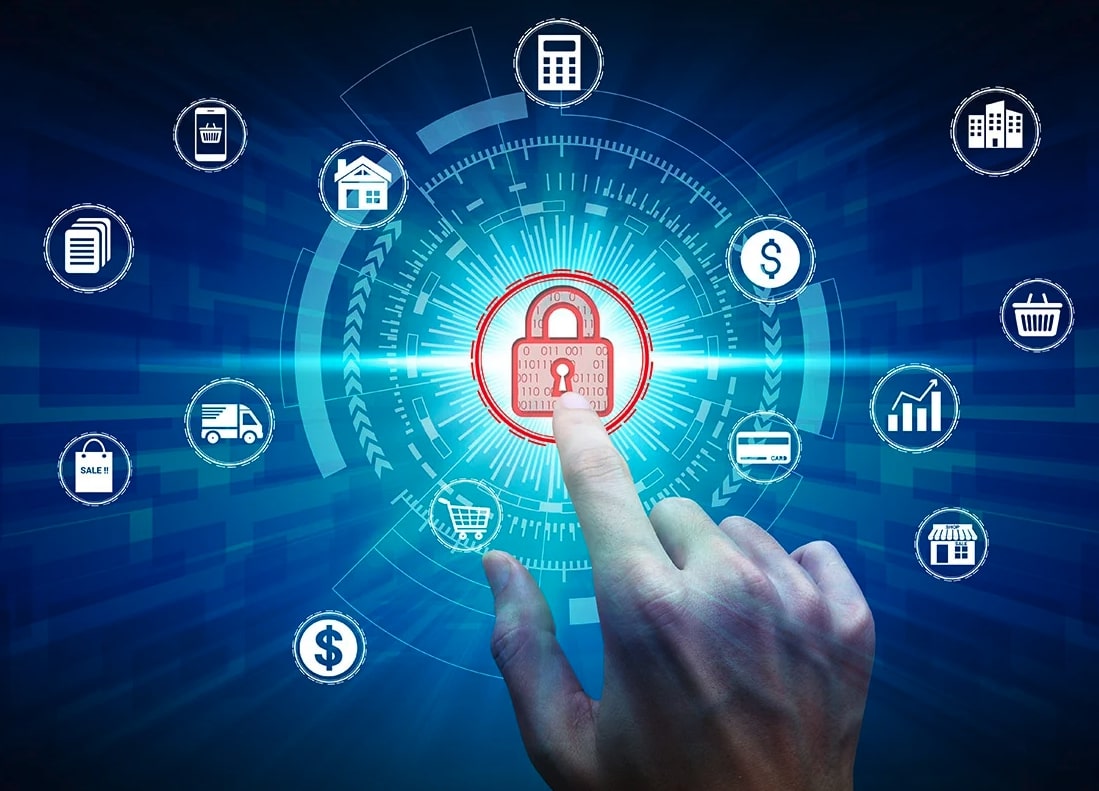In today’s digital world, our identities are scattered across multiple platforms—social media accounts, bank logins, government IDs, and more. Yet, in most cases, we don’t own or control our digital identity. Instead, big corporations and governments manage it for us, often leading to privacy concerns, security risks, and a lack of autonomy.
This is where Self-Sovereign Identity (SSI) comes in. It’s a decentralized approach to digital identity that empowers individuals to own, control, and share their personal information without relying on intermediaries. But what exactly is SSI, and how does it work? Let’s dive in.
What is Self-Sovereign Identity?
Self-Sovereign Identity is a digital identity model where individuals have full control over their personal data. Unlike traditional identity systems managed by centralized authorities (governments, banks, or social media platforms), SSI allows users to manage their credentials securely without needing a third party’s permission.
With SSI, you store your digital credentials (such as your passport, university degree, or driver’s license) in a decentralized digital wallet. You can then share verified proof of your credentials without revealing unnecessary personal data.
For example, instead of handing over a driver’s license to prove you’re over 18, you could share a cryptographic proof stating only that you’re of legal age—without revealing your birth date, name, or other details.
Sounds cool right? Thats because it is. But how does it exactly work?
How Does SSI Work?
SSI relies on three key technologies:
- Decentralized Identifiers (DIDs) – Unique, verifiable digital identities stored on a blockchain such as Cardano or Ethereum or a Distributed Ledger (DLT) such as Hedera.
- Verifiable Credentials (VCs) – Digital proofs of identity (e.g., a digital diploma) issued by trusted entities and stored in your digital wallet.
- Blockchain or Distributed Ledger Technology (DLT) – Ensures the integrity and immutability of identity-related transactions without a central authority.
Self-Sovereign Identity (SSI) is designed to mirror real-world interactions as closely as possible.
Imagine you turn 18 and want to obtain your driver’s license. In the real world, you would visit the DMV, a well-known and trusted institution. In the digital world, this role is referred to as a Trusted Issuer—an entity authorized to issue credentials.
Once you receive your driver’s license (Credential), you are legally allowed to drive. Now, suppose a police officer stops you for a routine check. The officer is easily identifiable by their uniform, badge, and patrol car—in the digital world, this role is known as the Verifier.
The officer asks you to present your driver’s license, requesting a specific credential rather than unrelated documents like your golf club membership. In digital terms, this is called a Credential Presentation Request, which specifies the exact information the driver (or, in digital identity terms, the Holder) must provide.
In the real world, you would reach for your wallet and hand over your driver’s license, issued by the DMV. Similarly, in the digital world, you would use your digital wallet to select and share only the required data from your credential. This process of securely proving your identity while maintaining control over your data is called a Verifiable Presentation.
The Three Key Players in SSI
- Issuer: The entity that provides verifiable credentials (e.g., a university issuing a digital diploma).
- Holder: The individual who stores and manages their credentials (e.g., a student keeping their diploma in a digital wallet).
- Verifier: A third party that requests proof of credentials (e.g., an employer verifying a diploma).
Benefits of Self-Sovereign Identity
- Privacy and Security: Users share only the necessary data, reducing the risk of data breaches.
- No Central Authority: No single organization controls identities, preventing misuse of data.
- Interoperability: Credentials can be used across different platforms and services globally.
- Reduced Fraud and Identity Theft: Blockchain-based verification prevents fake identities and credential forgery.
- User Control: Individuals decide who can access their information and when.
Real-World Applications of SSI
SSI is already being explored across various industries, including:
- Finance: KYC (Know Your Customer) processes without repeatedly sharing sensitive data.
- Healthcare: Secure and portable patient records.
- Education: Digital diplomas that employers can verify instantly.
- Government Services: Digital passports and national IDs without centralized databases.
Challenges and the Road Ahead
While SSI offers many advantages, adoption faces challenges, such as:
- Lack of Standardization: Different SSI frameworks need to work together seamlessly.
- Regulatory Compliance: Governments must adapt regulations to accommodate decentralized identity.
- User Adoption: Educating individuals and organizations on the benefits of SSI is crucial.
Despite these hurdles, SSI represents the future of digital identity—one where individuals, not corporations or governments, have full control over their data.
Conclusion
Self-Sovereign Identity is a paradigm shift in how we manage digital identity. By leveraging decentralization, cryptography, and blockchain technology, SSI provides a more secure, private, and user-controlled alternative to traditional identity systems.
As more organizations adopt SSI, we move closer to a world where individuals truly own their digital identities—without relying on tech giants or governments.
What are your thoughts on SSI? Was this article interesting to you?
Let me know in the comments section below.
